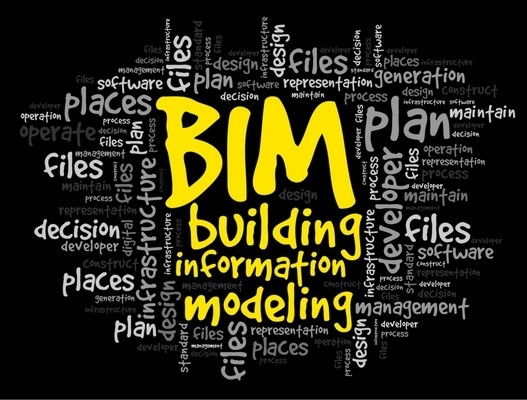 Laying it on the line about BIM
Laying it on the line about BIMAlmost everyone would agree that art appreciation is very much down to individual taste, while experts would certainly be able to argue the relative merits of masterpieces as different as a Constable landscape, one of Van Gogh’s sunflower paintings, or a surrealist portrait by Pablo Picasso.
However, try and judge an oil painting against a piece of sculpture, and you really aren’t comparing like for like: which is pretty much where RIW finds itself at the moment on the subject of BIM, also known as Building Information Management. And despite the arrival of the Government’s deadline for the uptake of Level 2 in April, there still seems be a great deal of disagreement across the construction industry as to the true value of the technology.
NBS Survey casts doubts on industry’s readiness
Back at the beginning of April, the NBS annual survey covering BIM adoption identified how just 10% of respondents believed they were fully ready for the Government Level 2 deadline. While there had been a slight recovery in the number of people using BIM – at 54% after a fall to 48% last year – half of professionals expressed concern that implementation was too expensive.
There will obviously come a tipping point when advantages such as improved visualisation and accuracy, plus error avoidance and more regulation, will push the majority to adopt the technology. In the meantime, though, our lack of BIM objects hasn’t stopped our waterproofing systems being employed for cutting edge projects such as The Shard and the Walkie-Talkie; the latter being hailed as a benchmark for BIM.
Actually, as one of the industry’s foremost manufacturers of waterproofing treatments, we at RIW are still wrestling with the problem of how best to represent our two-dimensional products and systems (which are generally painted onto structures, or applied in sheet form) in this brave new three-dimensional world.
Take for example, a construction product as familiar as a metal joist-hanger, specified to support timbers for a flat roof; there is no question that it presents an immediately identifiable 3-D form which changes as the object is rotated.
For a fluid applied tanking treatment such as our Flexiseal Pro, however, it is always going to be a flat film or membrane, which can only be represented as a straight line on a drawing; or perhaps as a contrasting colour on a cutaway perspective.
Admittedly, we have received a number of requests from architects and structural engineers to supply our products as BIM objects, but we suspect the main ‘driver’ for this is still box ticking for consultants wanting to comply with clients’ contract conditions. We have yet to encounter a project where BIM is a deal breaker however, and have been able to satisfy requirements via other methods.
There is no question that BIM offers enormous potential for design professionals in such areas as ‘clash prevention’; while for those involved in the manufacturing of building components large or small, the technology can seamlessly help generate cutting schedules and production drawings, even linking into the control of robots on the factory floor.
At this stage, though, for most building professionals BIM basically appears to be being used to generate virtual user manuals to be handed over with the keys to a new property. This will be a real benefit to facilities managers in five, fifteen or more years into the future when maintenance issues arise but most of the information available in BIM format currently seems to be superfluous to requirements.
Don’t imagine though, that RIW is in total denial about BIM, or that we are burying our heads in the sand.
Up until now we have been able to confidently satisfy requests from specifiers for BIM objects by supplying CAD drawings, which are then easily converted into their own project databases. And we have also appointed a BIM champion within our technical services department.
Our BIM champion has been tasked with coordinating the company response to what is viewed as a medium to long term challenge, including evaluating the competing hardware/software, and other systems available to facilitate the technology’s assimilation at all levels of the business. (Anyone who remembers the early days of video will understand what a mistake many people made purchasing Betamax or even Phillips systems!)
Commercial reality also informs us that the currently very high fees being charged for the creation and storage of BIM objects is likely to come down, as the continued uptake broadens from public sector contracts or prestigious commercial properties, to the wider market.
RIW keeping pace with change
So the situation we have currently is that despite the April 2016 deadline for all suppliers tendering for Government funded projects to be working to BIM Level 2 as a minimum, the reality is that the buck still rests with the company taking overall responsibility for the design. And they can satisfactorily link CAD drawings into BIM; this will probably remain adequate for some time yet where fluid or sheet applied treatments are concerned.
Our customers can be assured that RIW is on the case with developing its BIM strategy, but we just want to be sure that when we are ready to unveil our portfolio as BIM objects, that specifiers will find them fully fit for purpose.
Above all we are continuing to counsel opinion from the marketplace so that our offering does not fall behind the curve. So if you are an architect or an engineer who has always enjoyed looking at oil paintings, but has suddenly decided you prefer holograms, then please get in touch.



